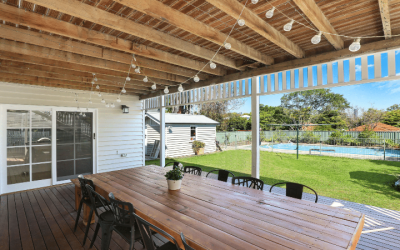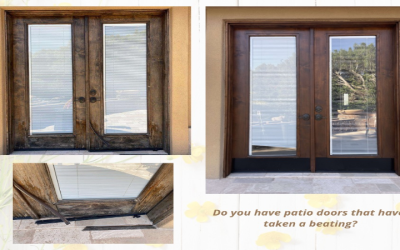Concrete mixing might seem daunting, but with the right guidance and preparation, it’s a skill you can master. Whether you’re building a new patio, a garden path, or a set of sturdy stepping stones, knowing how to mix your concrete can save you time and money. Plus, there’s a unique satisfaction that comes from creating something with your own hands.
In this blog post, you’ll learn everything you need to know about DIY concrete mixing, from the basics to advanced tips for perfecting your technique.
Safety Precautions
The materials and tools involved can pose risks if not handled properly. This section covers essential safety precautions to ensure a safe and successful DIY concrete mixing experience.
Wear Protective Gear
Protective gear is crucial when mixing concrete. Wear gloves, safety glasses, and a dust mask to shield yourself from cement particles and debris. Long sleeves and pants can also prevent skin irritation from prolonged exposure.
Work in a Well-Ventilated Area
Mixing concrete produces dust and fumes that can be harmful if inhaled. Always work in a well-ventilated area or outdoors to minimize exposure.
Handle Tools and Equipment Carefully
Concrete mixing involves heavy tools and equipment. Use them with care to avoid injuries. Make sure to read and follow the manufacturer’s instructions for each tool.
Choosing the Right Concrete Mix
Selecting the right concrete mix is crucial for the success of your project. Different projects require different types of concrete, depending on factors such as strength, setting time, and durability.
Understanding Mix Ratios
Concrete mix ratios refer to the proportions of cement, sand, and gravel. A common mix ratio for general-purpose concrete is one part cement, two parts sand, and three parts gravel. Adjust the ratios based on the requirements of your project.
Types of Concrete Mixes
There are various types of concrete mixes available, including standard, high-strength, and quick-setting mixes. Choose a mix that suits your project’s needs. For example, high-strength concrete is ideal for structural elements, while quick-setting concrete is perfect for small repairs.
Additives and Admixtures
Consider using additives or admixtures to enhance the properties of your concrete. These can improve workability, reduce water content, and increase strength. Research and select the appropriate additives for your specific project.


